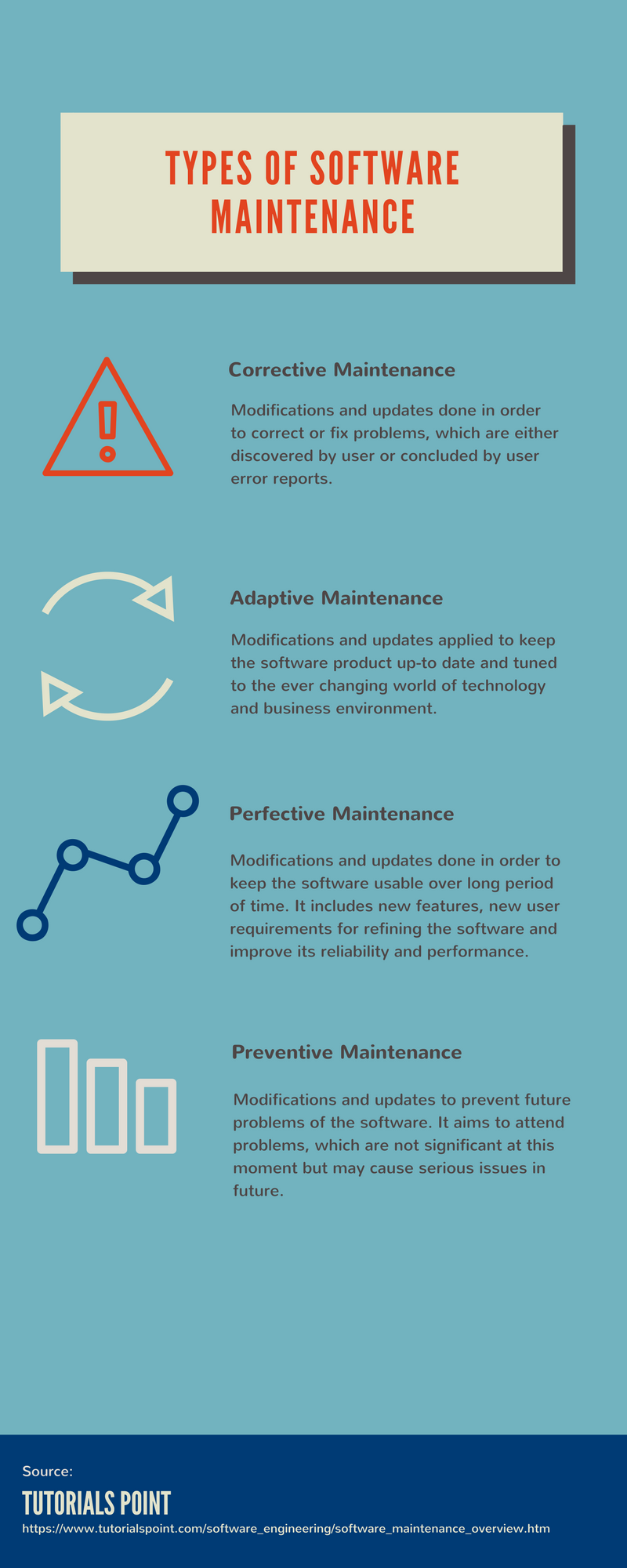
![]()
Hi folks!!!
Well, this is a little post, with a little review of #TC1019, in general about Fundamentals of Software Engineering. At the end I share a video link of my talked review.
Commonly, we think that SE is a science of alone people, we think Eoftware borns in a dark room with only one people and only at this decade we are starting to see that Engineers are funny, extrovert and they can develop whatever social habilities as other people.
Well, an important thing not even in SE, but in life is to learn to be social, to use Technology and the tools you have to share and use whatever people shares, the smart way.
Please notice that auto-study is not like memorizing things but deciding what you want to learn to your LIFE.
This is a general blog about Software, and I want to Thank Professor Kenneth William Bauer, for his knowledge, and more important for exploring different ways of teach, learning is always a process different to each student, not different to each assignment.
Thank you very much.
video: https://youtu.be/1FaF3Jh72aw





 But, even when performance is so important, the majority of fixes during the software maintenance is not for it. Main changes are for software evolution. Time changes and programs should too.
But, even when performance is so important, the majority of fixes during the software maintenance is not for it. Main changes are for software evolution. Time changes and programs should too.



